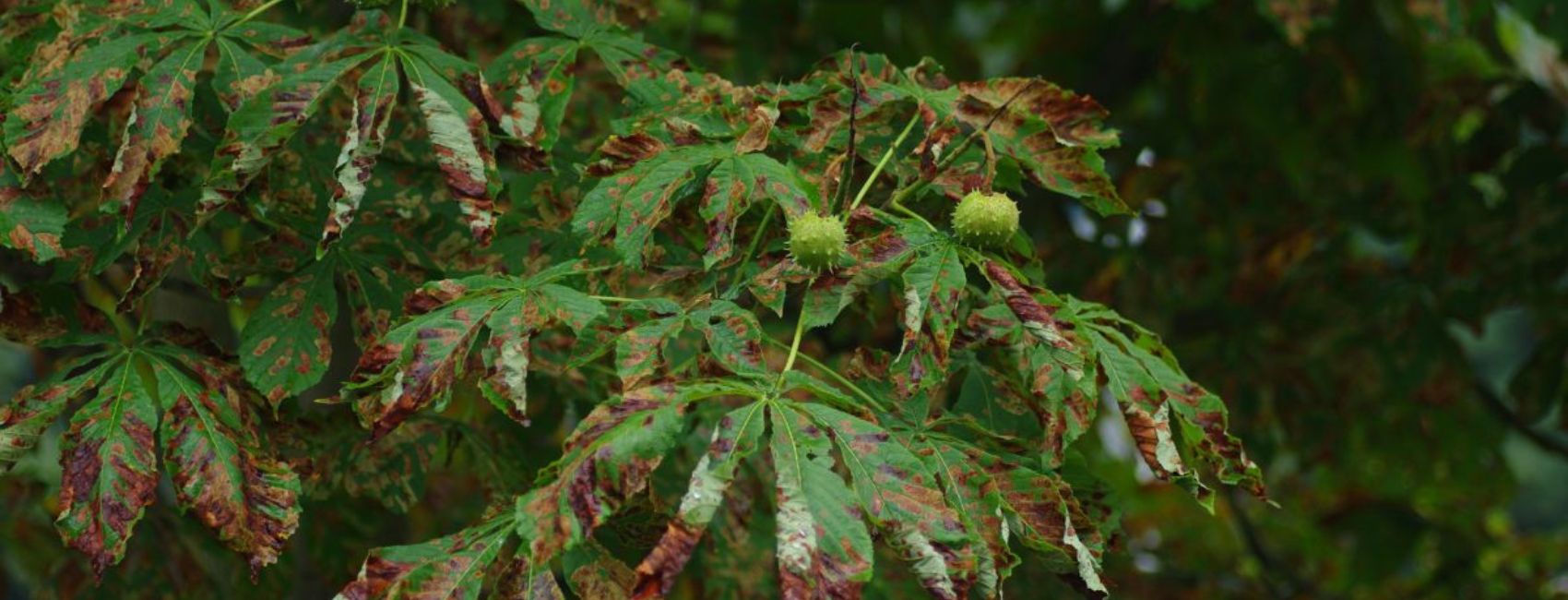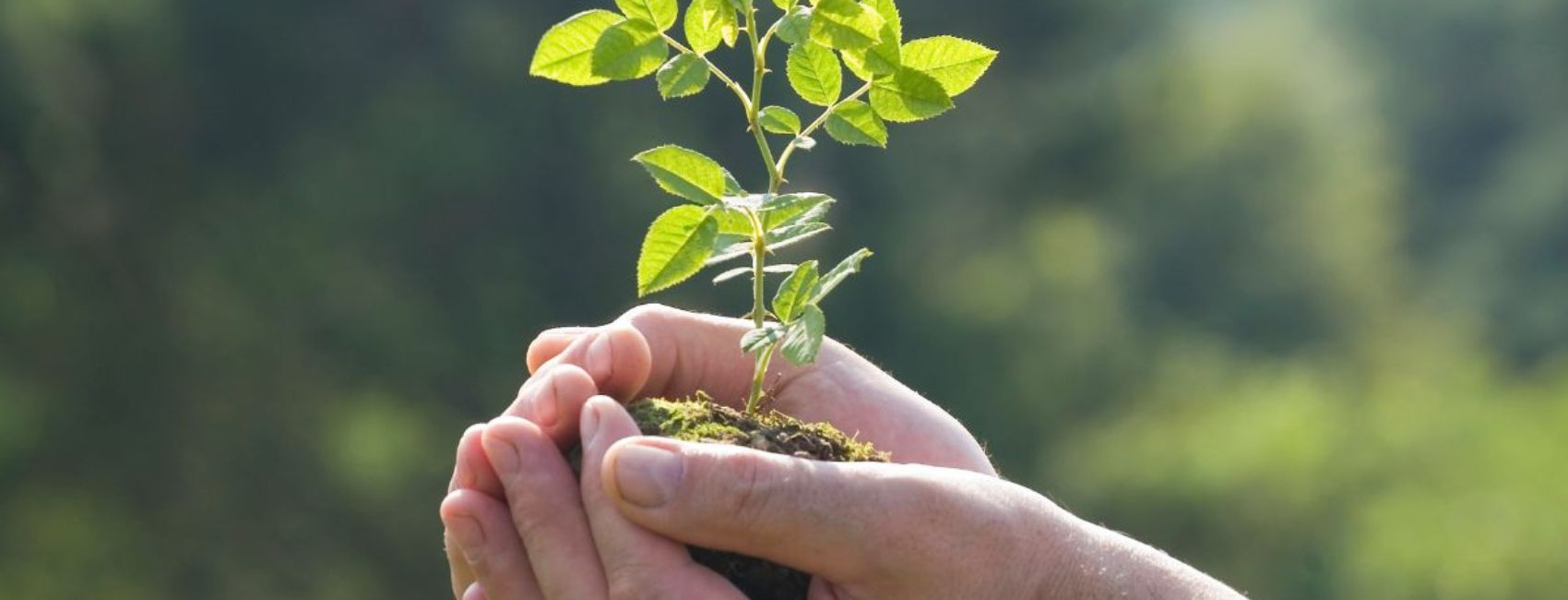How to Plant a Tree
A common mistake made by many landscapers and home owners is choosing the wrong tree for your yard. The decision should be based on soil, landscape or environmental needs. It is important to know how large the tree will eventually be, taking into consideration surrounding buildings, piping, and wires underground. Preventing issues from arising down…
William Gambone
A common mistake made by many landscapers and home owners is choosing the wrong tree for your yard. The decision should be based on soil, landscape or environmental needs. It is important to know how large the tree will eventually be, taking into consideration surrounding buildings, piping, and wires underground. Preventing issues from arising down the line can help us prevent an early death for your beloved tree or plumbing issues due to root damage. Do you have an overly wet lawn? Too dry? How much sun does your tree require? Do you have clay like soil? Is the area you’re planting on sloped? These are all important questions to ask when choosing your trees home. Choosing the right season is also imperative when planting a tree. Summer can add extra stress to the tree making it more susceptible to pests and diseases. Spring and fall are typically the best time for planting, be sure to do so before or after the first frost depending on what season you’re going for.
Did you know you should be dialing 811 in order to check for utility lines before planting? There are over 200,000 accidental hits to utility lines every year, at the homeowners expense. Save yourself money, time, and hassle by dialing 811 before you dig for any project ((This includes shrubs))!
Planting too deep is a common mistake 90% of people make. Most end up leaving the tree with a hidden root collar and girdling roots causing branch die back and inevitably tree death. Be sure not to dig the hole deeper than the height of the tree root ball. If there is no taper from trunk to root, the tree is too deep. It is also important not to amend the soil directly where the tree is being planted. The tree will not want to go into the untreated soil preventing the roots from growing to the best of their ability, weakening the tree. If you are going to amend soil, do so to the surrounding 5-6 feet of earth.
On the opposite end, a hole dug too small can cause a destabilized root system, causing the tree to blow over easily during a storm or leading to a higher rate of erosion to important feeding roots, slowing down the growth of the tree. To be sure you’re digging properly, follow these simple rules! Dig a shallow hole, 2-3 times wider than root ball of the tree allowing for a larger spread of the roots. Test the hole for drainage, fill the hole with water, if it does not drain within 15 minutes find another spot to dig and plant the tree. Poorly drained soil usually leads to the trees death prematurely unless the tree you have chose is specifically meant to grow in wetland. If you are planting multiple trees be sure to leave adequate room between them for proper space to grow. The recommended space is typically 5’-10’.
Some trees can have pot bound roots, meaning they are going in a spiral due to their provided growing container. If this is the case and they continue to grow in a circle it will strangle the tree. Before planting separate the roots so they are facing out from the trunk. If the root ball is wrapped in burlap, it should break down over time. Be sure the burlap is completely covered or it will wick moisture from the roots. If it is treated burlap (green in color) or a plastic burlap, be sure to remove from the root ball before planting the tree, they will not break down like natural burlap.
Did you know that trees and grass can compete with one another? Some grasses contain an allopathic chemical that can stop the growth of a tree all together. Try and keep the base of the tree free of other plant life out of the drip line of the tree, which is the outer extent of the canopy. Too much mulch around the tree after planting is a mistake done by most landscaping companies thinking they are doing what’s best. Unfortunately this can smother the tree. Keep away from the trunk of the tree at least 3-5” to avoid root rot. A tree typically only needs only 2-3” of mulch.
The water schedule after a tree planting can seem like overkill but trees take a huge amount of water to grow. Some mature trees in the summer months are known to drink 150 gallons in one day! While they are still planting roots this is extremely important as this will affect the tree for the rest of its life. Just like people, the more time and nurturing you spend the thicker the roots will grow for stabilization. Unfortunately too much of a good thing exists as well, over watering can end up drowning the tree. Water at time of planting and then every three days for a few weeks. Clay soil needs longer watering intervals due to poor absorption, sandy soil needs more watering, this is why it’s important to know your soil type! After the first two years of tree planting water weekly providing at least 2 gallons per inch of trunk, slow and deep is typically the best way to water the trees. If you can access a 5 gallon bucket, poke a few holes and allow for the water to slowly seep out into the surrounding basin of the tree. Resist the urge to fertilize, we may think we are helping the tree but the chemicals can be too harsh the first couple years of a trees life and end up killing it prematurely.

William Gambone
With almost 40 years of success in the tree care industry, it is evident that Bill’s passion extends beyond just the trees. He takes great pride in building relationships within the community, making B.G.





